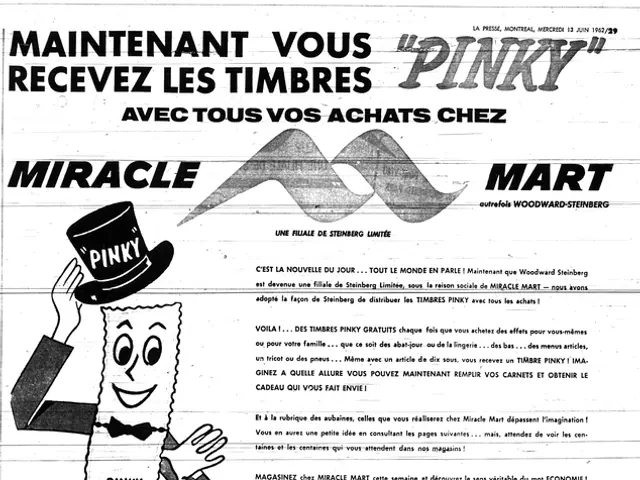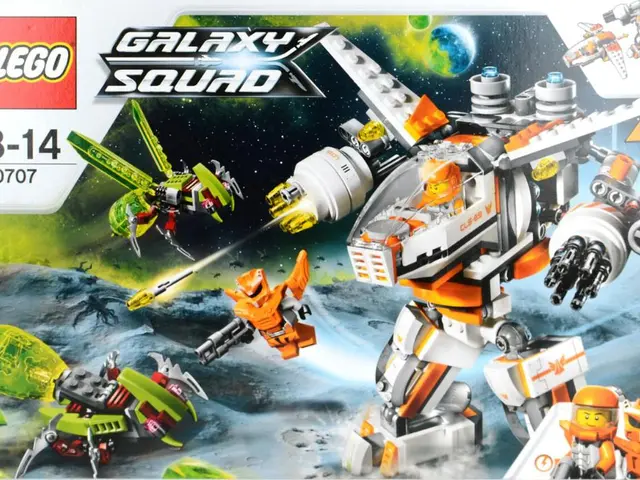Pixel Light Review from Govee Gaming: These Lights Boost Gamer's Mood Slightly Excessively
In the quest for an aesthetically pleasing yet gaming-oriented decor solution, the Govee Gaming Pixel Light emerged as a potential frontrunner, particularly after its unveiling at CES 2025. However, despite impressing with its 32-pixel retro gaming artwork and user-friendly setup process, the Gaming Pixel Light falls short in terms of color accuracy and audio capabilities.
Aimed at gamers, the Gaming Pixel Light offers two sizes – 32×32 and 52×32 pixels – with prices starting at $120. Installation requires a power outlet connection, and upon connection through the Govee Home app, users unlock a diverse library of default and customized effects. While static images can be displayed, the device truly shines when showcasing GIF scenes from classic 8-, 16-, and even some 32-bit retro games.
Unfortunately, the Govee Gaming Pixel Light's limited color range can result in loosely defined images, rendering detailed artwork less than perfect. For example, a common issue was apparent when attempting to display a fan-made 8-bit portrait of Ariel from The Little Mermaid; while the image looked fine on mobile phones, the color definition was lacking on the Pixel Light, primarily affecting her facial features. The device's 1,024 lights in the smaller model and 1,664 lights in the 52×32 version pale in comparison to alternatives like the Divoom Pixoo-64, which supports 4,096 lights in its 64×64 pixel field.
The built-in speaker on the Govee Pixel Light is appropriate for playback of chiptunes but lacks bass and range, limiting its effectiveness in larger spaces. Volume control is lacking, as the device only offers a single button for adjustment, necessitating the Govee Home app to adjust sound levels. Considering its target audience, this limited audio may deter professionals and gamers seeking more immersive soundscapes.
The device's design choices baffle those seeking a subtler aesthetic, with gamery decals prominently displayed on the framing. A sleek black frame might have appeased this market more, focusing on the art-centric aspects of the product. Nevertheless, the Govee Gaming Pixel Light remains an appealing option for gamers and retro gaming enthusiasts who appreciate its unique, 30 fps GIF playback and vast content library.
For those interested in alternative retro pixel art displays, alternatives such as the Govee Mini Panel Lights, Nanoleaf PC Screen Mirror Lightstrip, and creation of custom or DIY pixel art displays offer differing levels of customization and cost-effectiveness. Additional smart lighting options by Nanoleaf and LIFX may also cater to customers seeking slightly different aesthetics while retaining a high-quality, connectable lighting solution.
In conclusion, the Govee Gaming Pixel Light provides an enjoyable and functional solution for those seeking a dose of nostalgia and an eye-catching addition to their gaming setup. However, its limited color range and cheesy aesthetics prevent it from being a no-brainer purchase for all.
- Gizmodo's review of the future smart-home device, the Govee Gaming Pixel Light, highlighted its potential, but criticized its color accuracy and audio capabilities.
- In comparison to the Divoom Pixoo-64, which supports 4,096 lights, the Govee Gaming Pixel Light's smaller models have 1,024 and 1,664 lights, falling short in terms of brightness and detail.
- Beyond the Govee Gaming Pixel Light, other options for retro pixel art displays include the Govee Mini Panel Lights, Nanoleaf PC Screen Mirror Lightstrip, and DIY pixel art displays, offering varying levels of customization and cost-effectiveness.
- For those desiring a more subtle aesthetic, the prominently displayed gamery decals on the Govee Gaming Pixel Light may deter, with a sleek black frame potentially being more appealing.








